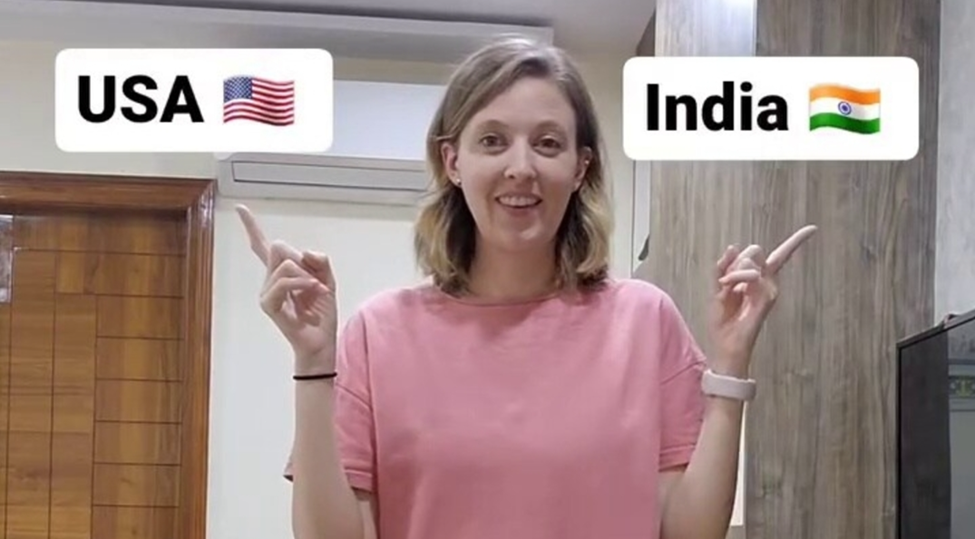In Pictures: Ujjain’s Triveni Museum Is An Immersive Cultural Treatise
- InduQin
- Oct 21, 2022
- 2 min read

Ujjain has been in the spotlight with the ‘lokarpan’ (launch) of the Mahakal Lok by Prime Minister Narendra Modi on 11 October.
The revamp led to thousands of people visiting the city on day one of launch. Almost every mural, every installation, was turned into a selfie point.
But those who seek to know what Ujjain has to offer will do well to first visit the Triveni Sangrahalay. It's located at the entrance of the corridor at one end. By the time I got there after a tour of the corridor, the footfall was gradually on the rise.
The Triveni Art and Archaealogical Museum is a vibrant yet nuanced space. It was originally created by the Directorate of Archaeology, Archives, and Museums, Madhya Pradesh, on the occasion of the 2016 Simhastha Kumbh.
Once fully accommodated within the corridor layout, the museum will serve as an excellent starting point for an acquaintance with the legend and legacy of this ancient city.
The museum represents Ujjain, with all its grandeur, history, and spiritual significance, in a nutshell. One half of the museum is the archeological gallery, which houses the relics and sculptures from various ancient sites in the region, and a numismatic gallery, while the other half is the art and culture gallery, which is truly a thoughtful visual delight.
Ujjain is closely linked to three main traditions of Hindu worship — Mahakal for Shaiva, the Harsiddhi Temple as a shakti peeth for Shakta, and the Sandeepani Ashram for Sri Krishna. The art section, therefore, has three schools named Shaivayana, Durgayana, and Krishnayana.
The schools are housed in one section. They feature exquisite murals, replicas of sculptures, and paintings by renowned artists in India.
In the Krishnayana gallery, various art styles of Madhya Pradesh are displayed — from the Harihar image of Mandsaur to the Vishnu and Hayagriva of Ujjain from the Aulikar-Gupta period.
One can see specimens of Kalachuri art, Pratihara art, Chandela sculptures, and Parmar art, among others.
The Mahishasura Mardini of Aawra Mandsaur in the Durgayana gallery represents Rashtrakuta art, while the same sculpture from Hinglaj Mandsaur and Ujjain display Parmar art, which once flourished in the region.
From the ceiling to the floor, every inch of space through the three schools is a mythological journey into the history and tradition of this city.
The three sections also feature the Banyan, Kadamba, and Neem trees associated with the three deities.
An installation of Mahadev’s family sits in the foreground, with the Mahakal Lok corridor forming the backdrop on the outside.
The museum has three other spaces highlighting musical instruments, Navadurga idols from different traditions, and various yantras associated with the three deities, given the city’s importance as a centre of research on mathematics and astronomy.
One will also find displays of festival-specific artefacts. And those new to the city may want to catch the screening of a documentary on this ancient city of Mahakal inside the museum.
Here, I present a virtual tour of the museum. It doesn't do justice to the real experience, but it will at least lure you to pay a visit to this fort of culture.
https://swarajyamag.com/culture/in-pictures-ujjains-triveni-museum-is-an-immersive-cultural-treatise







Comments